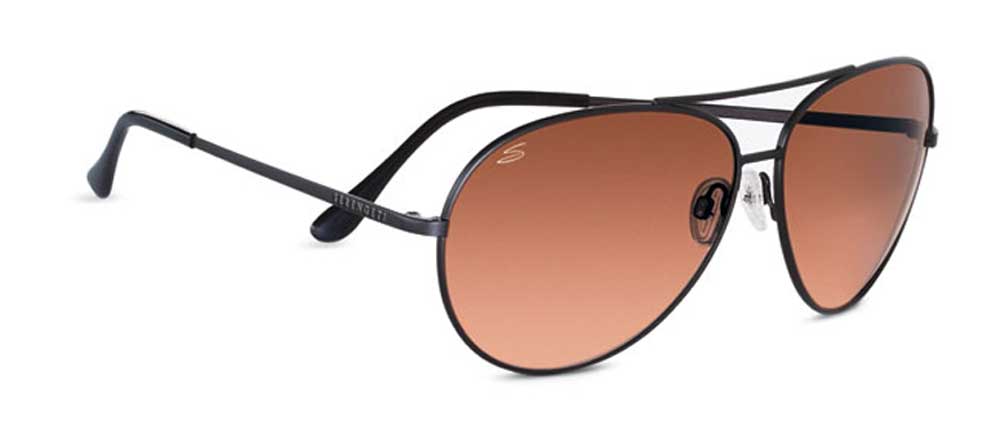Best Sunglasses Tints
We live in Michigan so with all the weather changes one pair of sunglasses with just one tint won't work.
One minute it is bright sunshine and the next the clouds roll in, fog descends and envelopes us, and the original pair of sunglasses we were wearing don't help at all.
When it comes to sunglasses there are a lot of choices in lens tints available ranging from the most common - gray - to tan, amber, green and so on.
However, how does one know which is the best lens tint when it comes to choosing a pair of sunglasses?
Choosing A Sunglasses Tint
We are pilots here and protecting our eyes is paramount not only to keeping our eyes healthy, but keeping safe while flying.
Why? Because the law is that the pilot is always responsible for the safe operation of his/her aircraft. The first responsibility is to see and avoid other aircraft.
To accomplish this we need to be able to see as well as possible under all lighting conditions.
Different lighting conditions call for different tints.
This is true whether flying, driving or simply walking.
Outdoor Lighting Conditions
These can vary from clear blue skies with very bright sunlight to fog hugging the ground and everything in between.
Our experience has shown that the very best overall tint is Neutral Grey, which is a dark grey which allows 15-18% of visible light to reach your eyes.
The amount of light which reaches your eyes is called visible light transmittance, or VLT.
The Basic Lens Tint Choices

Today you can find sunglasses with all kinds of tints. Some are solids, some are gradients, some have a mirror finish to them and so on.
But for the majority of us there are really only three really good choices when it comes to your sunglasses lens tint. Those are Neutral Grey, American Gray (slight green tint) and Kontraster (tan).
One of these tints will work best for particular outdoor lighting conditions:
- Neutral Grey: This tint provides absolute true color reception. Time tested by U.S. Military pilots and NASA astronauts, this lens tint allows all colors to come through naturally without any color distortion. This results in hours of comfort for your eyes no matter how bright it is outside.
- American Grey (G-15) is sometimes called AGX or Calobar. The tint is a Light Green which selectively filters the color spectrum to make the color transmittance curve of the lens closely resembet the curve of your eye. By adding a slight green tint to the lens your vision stays sharp longer, eye fatigue is eliminated and contrast is improved.
- Kontraster (B-15), or Tan tinted lenses work exceptionally well on overcast days, foggy conditions, haze, low light or snow conditions. This specialized tint will cut off the transmittance of scattered blue light. This has the effect of increasing contrast and visual acuity.
Our Recommendation
I always recommend to my fellow pilots that we carry a minimum of two pairs of sunglasses - one pair of Grey or American Grey and the other pair Kontraster or Tan.
No matter how you use sunglasses you should always have at least two pairs available to you so that no matter the lighting conditions your are always prepared.
You can find some great choices like Randolph Aviators here.


ps: Please share "Best Sunglasses Tints" with your friends on your social media accounts.




Leave a comment
This site is protected by hCaptcha and the hCaptcha Privacy Policy and Terms of Service apply.